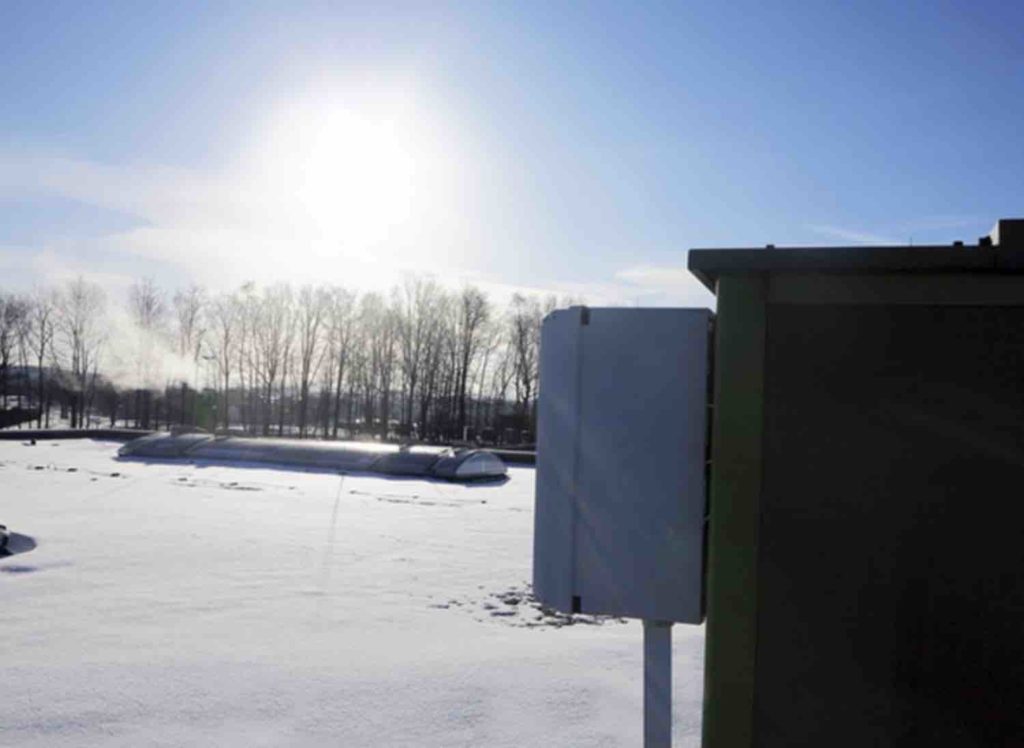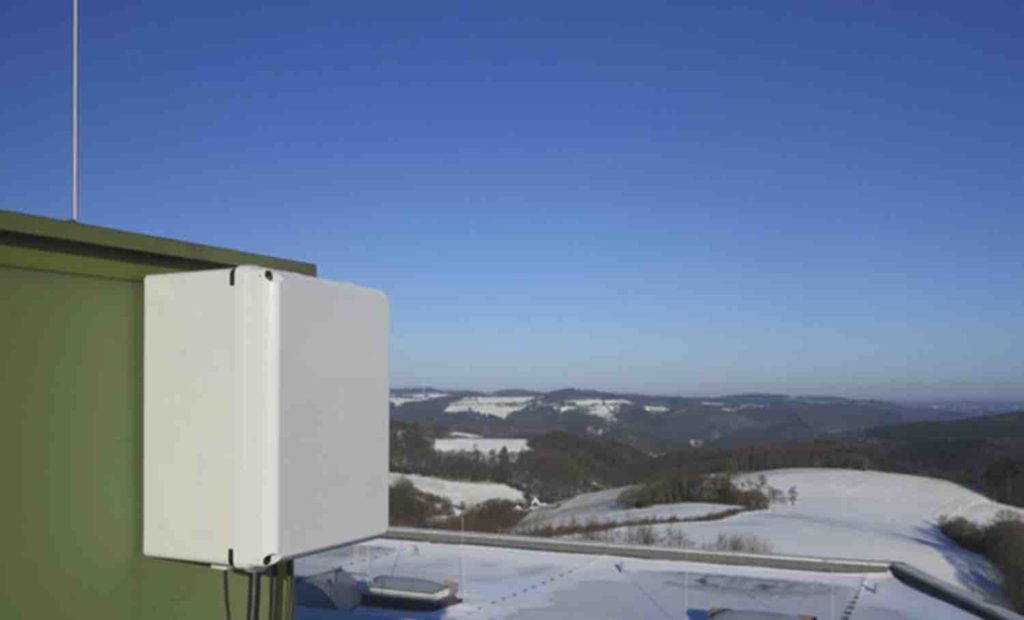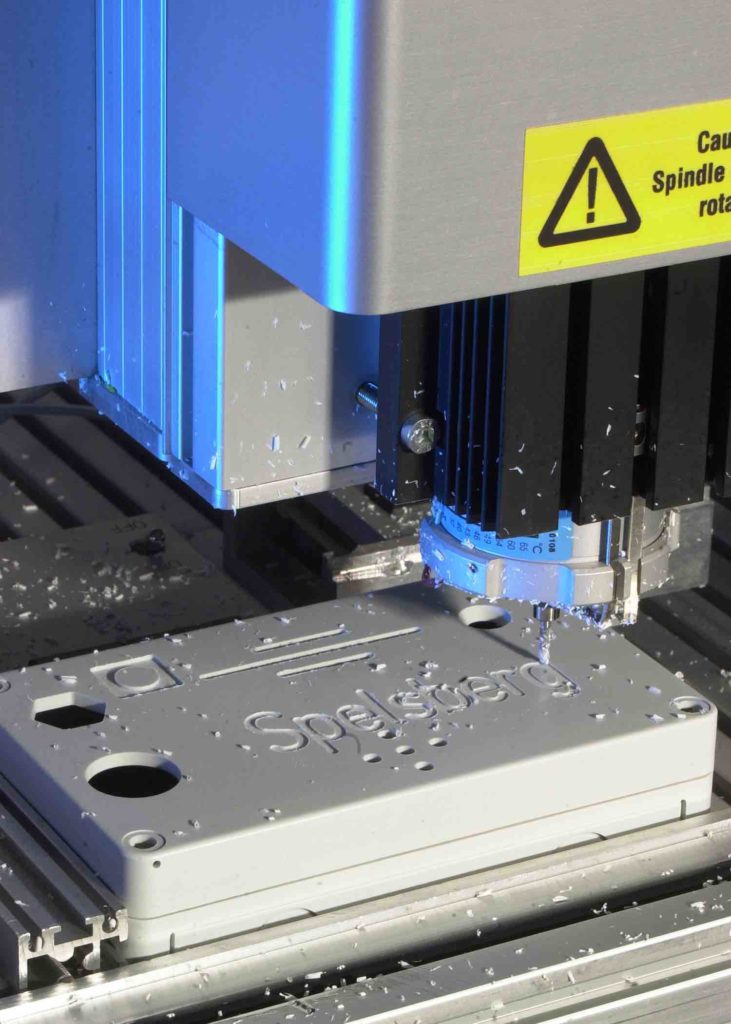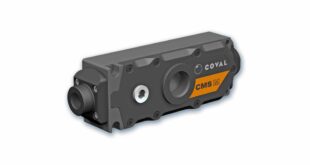The choice of enclosure should never be an afterthought, left to the end of the project or under-budgeted, especially in outdoor installations, says Chris Lloyd
For outdoor electrical installations, the enclosure is the first line of defence against all weather-related issues.
In some locations excessive temperatures are the norm, and perhaps even worse than prolonged heat or cold is daily or seasonal cycling between extremes.
Storms can also be an issue, especially if wind-driven rain penetrates covers and seals.

A humid atmosphere can be equally challenging, while freezing temperatures, snow and ice have their own ways of causing damage.
Other environmental factors to consider include corrosive or salty atmospheres and the damage that the Sun’s ultraviolet (UV) light can do to some materials.
Further hazards applicable to some outdoor applications include impact damage from passing plant or equipment and the risk of vandalism if positioned in a public space.

With all the variables it can be a real headache identifying which enclosure will provide adequate protection.
Obviously cost is always a concern, so it is always worth getting some expert guidance at an early stage in any project to make sure the chosen solution matches the potential challenges.
The risk of corrosion is apparent in almost all outdoor applications, which leads most installers to generally prefer enclosures made of high-performance plastic; rather than metal, which may be prone to rusting should its painted coating be damaged.

Polycarbonate is the popular material of choice for many applications as it is strong, does not corrode, can withstand impact, is immune to UV degradation, yet is lightweight and cost effective.
During the initial R&D phase of a project it’s important to consider the level of exposure to the elements the enclosure will face.
Some enclosures are going to be under the cover of a large porch or overhang, others may be on the lee side of a building or given some protection by an adjacent structure.
Enclosures facing south are most likely to be subject to direct sunlight, while those on other sides of the building will be spared it to some degree.
In a crowded environment such as a city centre, there may even be issues relating to reflected sunlight. Some modern architecture famously features concave glass frontages which may have a magnifying effect on reflected sunlight.
The heavy traffic found in most cities can also lead to polluted, corrosive atmospheres or expose the enclosure to excessive vibration.
Once the conditions have been assessed an experienced supplier should be able to advise on the best solution.
In many cases a well-constructed, IP54 Polycarbonate enclosure may be adequate. However, for tougher applications there are enclosures that have been designed specifically for outdoor use – such as Spelsberg’s GEOS range.
The GEOS range is a lightweight GRP design that is easy to install and provides clear access for fitting and maintaining electrical equipment. It has an impact rating of IK09, so can withstand impacts of 10 joules. There is a choice of IP66 or IP67 sealing and all GEOS enclosures have built-in ‘Drain Protect’ channels which prevent any water, condensate or liquid that makes its way past the seals from accumulating and becoming a problem.
There are ten models within the GEOS range, plus multiple size options and a choice of sidewall measurements. This allows specifiers to choose a model that exactly matches the application needs and meets space constraints.
One option that is popular for outside use is the inclusion of a transparent cover, which allows reading of meters and inspection of the electrical equipment inside without having to open the enclosure.
Chris Lloyd is Managing Director of enclosure manufacturer Spelsberg UK.
 Engineer News Network The ultimate online news and information resource for today’s engineer
Engineer News Network The ultimate online news and information resource for today’s engineer





